The pagne is a ‘material’ talisman, woven by hand to last a lifetime.
The pagne is ‘ever present . . .
- At conception, spread out as a sheet, it is as a fertility agent.
- At birth, to receive the infant, it is responsible for the baby’s first breath.
- At baptism, it directs the breath of the Imam who names the infant, giving identity.
- Folded at the base of the cradle, it protects the baby from sudden death.
- Wrapped around the mother’s back, it protects against mystic aggressions.
- Used as a marriage veil, to guide the union, until old age, when the mere touch is a comfort.
- At the last moment of life, the pagne is a protective shroud
The pagne: heritage, witness, guardian of one life is truly a “double mystic” saved and passed on as a family heirloom, a relic of life.
Despite the allure of modern style and way of life, most Africans preserve and maintain their fundamental convictions, a definition of life which escapes western understanding. One observes their daily activities of life are ingrained rituals, in harmony with and preserving this ‘Principe Vital’, this essence of vitality. The Mistress of the Home, i.e., the “chef d’orchestre”, directs these traditions and details; the artisan weavers are integral team members of this ceremonial orchestration, which enhances cherished African ancestral values. The skill of weaving is still living today, even if economic reasons force the young weaversto simplify their designs.
We continue our research with patient observation of the uses of the pagne in Saint Louis and replicate the ancient designs.
Listen to the 20 minute audio “Si Loin, Si Proche” (“So Far, So Near”), dedicated to the elegance of Saint-Louis. [RFI in Saint Louis, June 16, 2012.] In the second part, Maï Diop describes the beginning of her collection and tells the oral traditional history of the pagne, which she has acquired. Here.
Suggested Research Topics:
Weaving is the product of rhythm: the weaver at work with the back and forth motion of the shuttles.
The motif in the pagne produces a visual rhythm which is recognized in contrast with the base
This visual rhythm reflects the Principe Vital, the essence or rhythm of life, and envelops the village community rituals from the first to the last breath of life, and for the alliances and commitments along the journey which bring ‘life’ to life. Rhythm is the percussion that balances and nurses the community.
It is necessary to probe further into African culture with its therapeutic trance to understand the role that rhythm truly plays in the healing arts of the body and maladies of the mind.
Let us return to our mystic, talismanic textiles ...
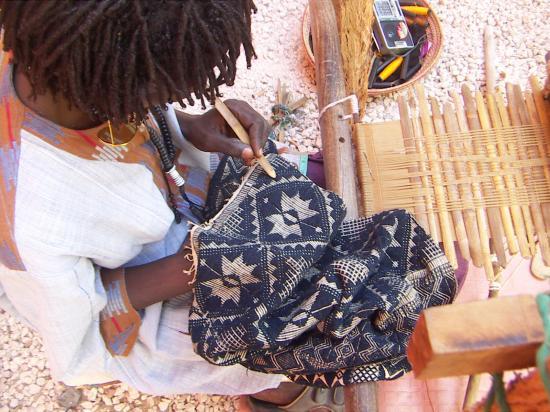
TËSSS honors the habits and local customs of artisans. We are proud to be a “fair trade” enterprise.
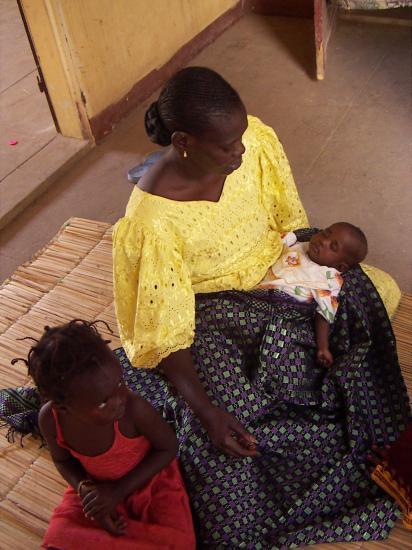
This family treasure is created with utmost care in the rustic conditions of an African workshop.
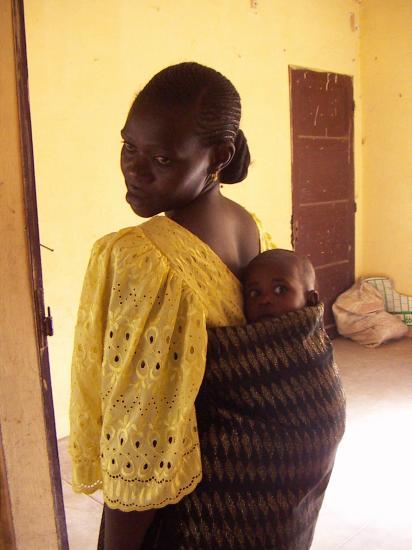
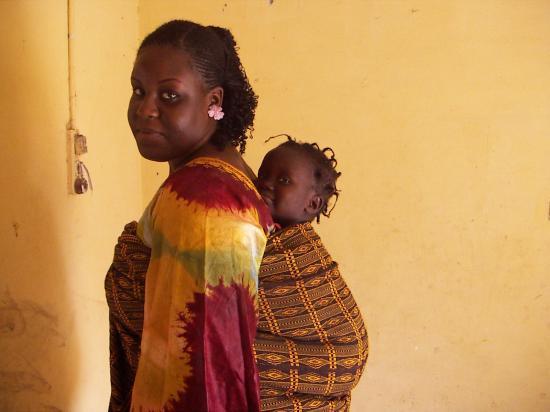
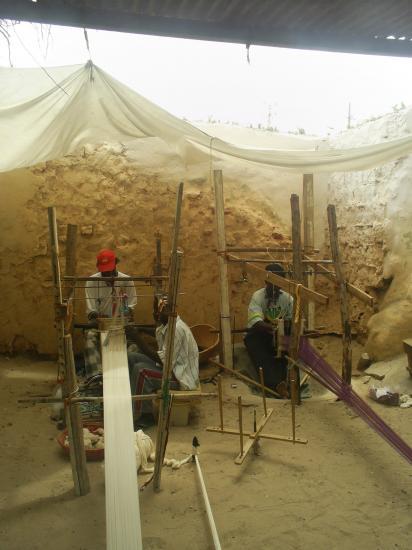
Mandjak weaving technique requires two people to operate the loom. In 1801, M. Jaquard revolutionized weaving with a mechanical loom, eliminating the necessity of a two-man team.